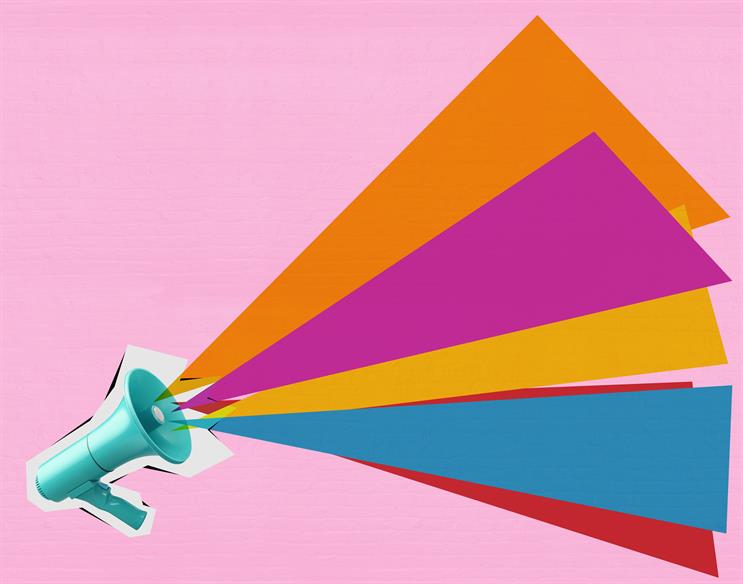
Of the many famous maxims attributed to David Ogilvy, one is worthy of a reminder for B2B brands who are facing today’s choppy economic waters.
The godfather of modern advertising impressed the importance of staying focused on the end goal.
“Your role is to sell, don’t let anything distract you from the sole purpose of advertising,” he said.
In challenging economic times, it can be easy to take that the wrong way. For today’s marketers, brought up on the primacy of attributable call to action based digital activity, branding can seem to be a ‘nice to have’ rather than an essential.
It’s the brand, stupid!
When focus is on driving leads into the sales funnel, chin-stroking creative that airily conveys a brand’s core values, might be considered superfluous.
If proof were needed that this is often the case, look at how often it is paid media investment and especially brand campaign dollars that are the first to be reduced or eliminated completely when the call comes for tightening of the belt.
Yet, this represents a failure to recognise the importance of branding over short-term activation, says Richard Jameson, SVP Global Media, The Marketing Practice.
“Focusing on only pipeline, while ignoring a larger brand umbrella message, ultimately leads to a lack of awareness around your products and a shrinking of your potential customer base.”
In the everything is measurable age, client marketers face internal pressure to feed the bottom of the sales funnel, investing only in efforts that drive immediate revenue. The question is whether this is the most effective use of scarce marketing resources at the moment.
Delayed investment
Current economic surveys indicate that many businesses are sitting on their hands when it comes to B2B investment. It’s a common enough recessionary instinct but means that for brands chasing their business there are slim pickings to be had.
“We’ve seen that the maturity of a brand has shaped how brave they are in recessions,” says Richard. “Brands who are in the earlier stages of their growth or are challenger brands tend to embrace the idea of increased spending. More mature and leader brands have kept investment a bit more flat as they are already established in the marketplace. Challenger and growth brands want to become a household name, while mature and leader brands want to maintain their household name position.”
The fact of the matter is that B2B investment gets kicked further down the road. That doesn’t mean that it won’t happen, but it moves the focus on marketing activity from stimulating latent demand to nurturing brand awareness to ensure that your brand remains front of mind when better times arrive and the spending taps are turned back on.
With the total pool of B2B buyers ready to purchase your products shrinking, dollars spent trying to get them to convert will have to work that much harder, and indeed, smarter.
The typical B2B buying cycle is already longer and more convoluted than that of a consumer product purchase, with more stakeholders involved, and more points at which the buyer can bail. A strong and consistent branding message that continually keeps your brand in the frame, is essential, and at a time when competitors are retrenching, it’s a strategy that has futureproofing potential.
More bang
Brand investment in a recession can work harder than during stronger economic times for several reasons.
Firstly, there is usually less competitive noise so your message can play out better.
Secondly, more favourable media pricing means more bang for your buck. Even if budgets are reduced, you don’t have to spend so big to get noticed with higher quality, better priced inventory available.
Finally, you are not fighting for a piece of a smaller demand pie.
Brand awareness levels deteriorate over time, and brands that want to stay relevant must continue to fill the “awareness bucket.” If not, they may have moved down the consideration list when buyers are ready to purchase again.
Counteract this by using a downturn strategically to build up audience mind share while other brands are retreating.
“Investing in brand building takes courage. Clients who can step out of their comfort zone, and agencies who can push back on short-termism in their plans, will ultimately reap the benefits that come from building a brand,” says Richard. “We’ve seen it time and time again, that the most well-known B2B brands are those who have maintained a consistent presence in the marketplace – even when economic times are uncertain.”


